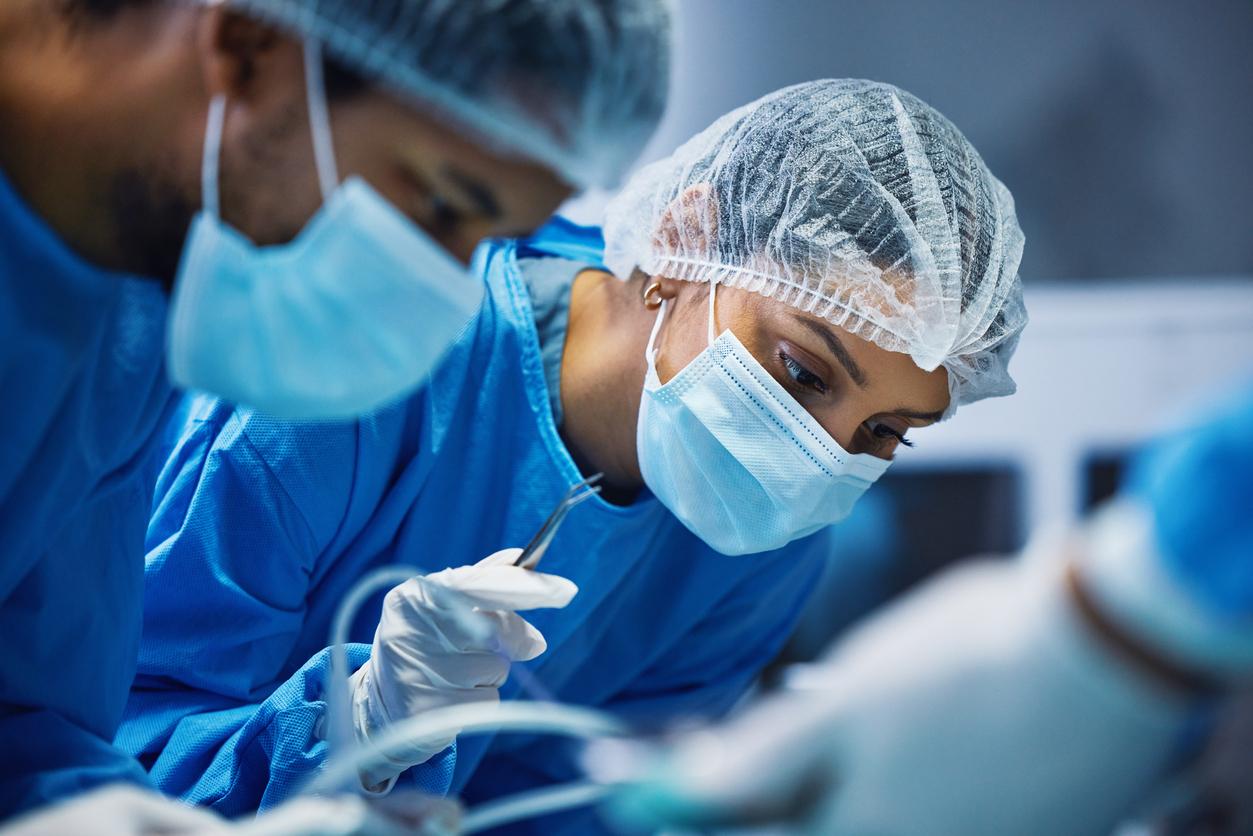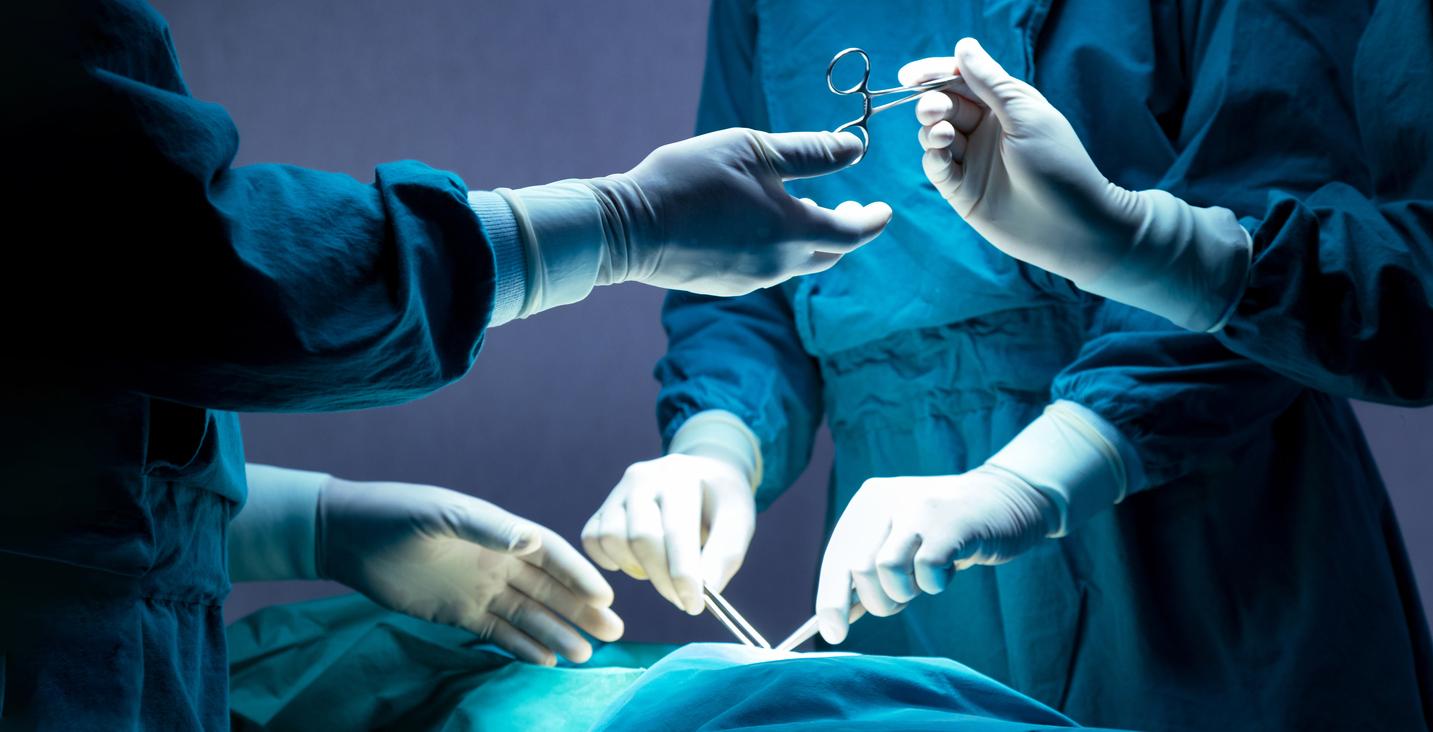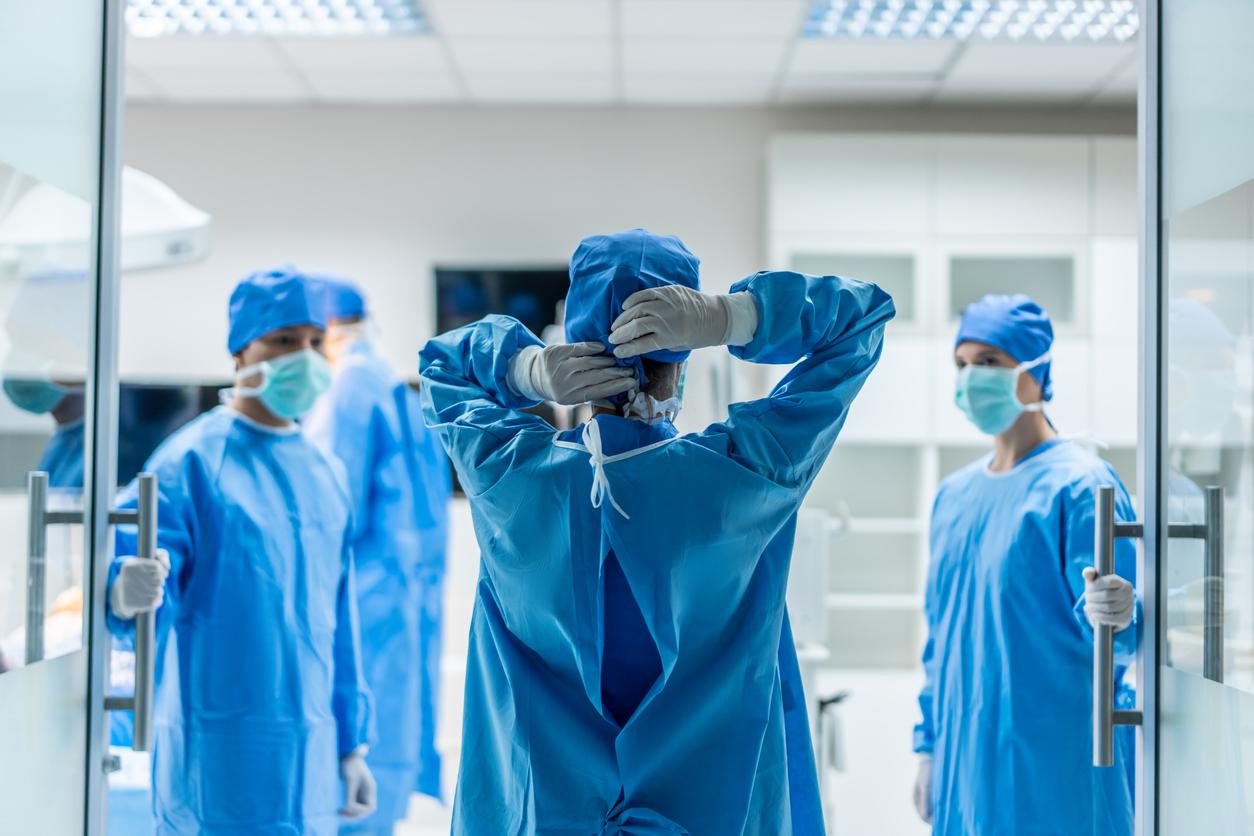A patient’s esophagus could be reconstructed with a stent and skin graft. A world first that has been going on for 7 years.

When the esophagus is affected, the entire feeding capacity is called into question. Removal of part or all of this organ is often only done as a last resort because the procedures and consequences are heavy. The Lancet presents the exceptional case of a patient operated by a technique never performed on humans before. A piece of her esophagus was recreated using skin grafted onto a stent.
Doctors at the Medical College of Wisconsin in Milwaukee (USA) have used a new technique, which has only been tested on animals so far. They put in a stent, a kind of metal tube that is usually used to keep open a too narrow esophagus, and skin from a donor. The whole operation was performed by endoscopy, passing through the mouth.
Seven years after the operation, the organ is still functional, and the patient can swallow normally. He maintains himself at a correct weight and observes a normal diet. “This is a first for humans,” says Professor Kulwinder Dua, who led the procedure. We performed this unprecedented operation to save the patient, because no other option was possible. “
5 cm of graft
The 24-year-old had to undergo an operation depriving him of 5 cm of esophagus – which measures 25 to 30 cm in men – following an infection which left him in a very worrying general state of health. Too much length and weakness that did not allow reconstruction with other parts of the digestive tract (stomach or colon), as the usual procedure provides.
Twelve weeks after the operation, the stent had to be removed. But the patient, fearing a collapse of his esophageal tube, had refused the operation. Three and a half years later, it was finally removed, and the doctors observed that the five walls of the esophagus were present on the grafted area. The young man had then regained his swallowing function, even when he was tilted at 45 °.
A simple technique
“Our approach is interesting because we have used products available, which have already been approved for use in humans, and which do not require particularly complex tissue technology. », Adds Professor Dua.
Unfortunately, due to the delay of more than three years, it is difficult to determine the duration of the reconstruction. “We are still far from being able to use this procedure in a routine manner, tempers Professor Dua. It requires rigorous evaluation in animals, and clinical studies in humans. “
A world first that has “held up” for 7 years!
Posted by Why doctor on Monday, April 11, 2016
.















